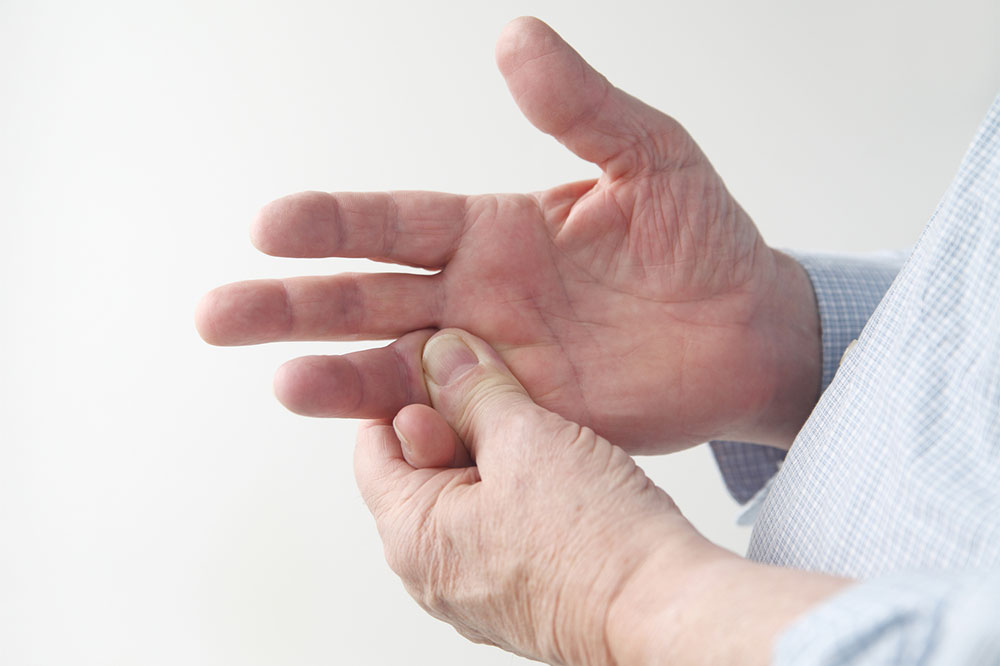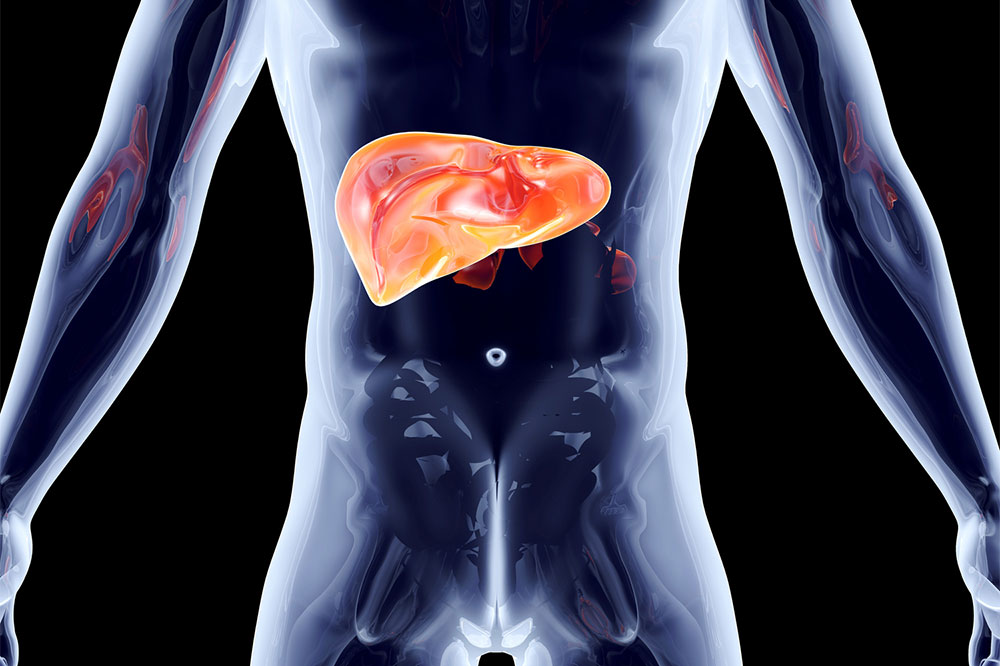Symptoms and management for thyroid eye disease

Thyroid Eye Disease (TED), also known as Graves’ orbitopathy or ophthalmology, is a rare auto-immune disease that causes inflammation in the eye muscles, eyelids, tear glands, and the tissue behind the eye. As a result, the eyes seem to “bulge forward” or appear red and swollen. This disease occurs at a rate of 19 per 100,000 people per year in the country. Read on to learn more about its symptoms and treatments.
Symptoms of thyroid eye disease
While TED does not cause vision loss, it may lead to symptoms such as:
Bags under the eyes
Blurred or double vision (diplopia)
Changes in the eye’s appearance
Difficulty moving the eyes
Trouble in closing the eyes completely, which could lead to the development of a sore in the cornea
Dry or watery eyes
Gritty sensation in the eyes
Reduced tolerance to bright lights
Pain around the eyes
Redness of the lids and eyes
Swelling of one or both eyelids
One’s symptoms may be progressive for six to twelve months. To diagnose the condition, doctors need to conduct a physical eye exam. This may be followed by a blood test to check thyroid hormone and antibody levels, an ultrasound of the eyes, a computed tomography scan (CT), and magnetic resonance imaging (MRI).
It is important to note that the autoimmune condition that causes TED also affects the thyroid gland, resulting in Graves’ disease, which affects the thyroid, eyes, and skin. In most cases, this results in an overactive thyroid gland (hyperthyroidism). As a result, those with TED must consult both – an eye specialist (ophthalmologist), as well as a thyroid specialist (endocrinologist).
Treatment for thyroid eye disease
Treatments for this condition depend on the severity of the symptoms. Early diagnosis and treatment can help slow down the progress of the disease.
Mild TED
In the case of mild TED, doctors may recommend using artificial tear drops to keep the eyes lubricated. Prism glasses may also be used to help with double vision.
Severe TED
For more severe cases, healthcare professionals may prescribe steroids or orbital radiotherapy to improve inflammation and double vision.
Surgery may be necessary if the condition has led to permanent double vision. There are three types of surgeries one may explore as per the case:
Orbital decompression surgery is carried out to create more space and reduce the bulging in the eye by removing bone and soft tissue.
Eye muscle surgery to correct double vision
Eyelid surgery to reduce tightness and improve the function of the eyelids. This can lower the risk of corneal damage.
Lifestyle changes such as controlling thyroid levels and taking selenium supplements may help manage TED better. Other activities that may also help include:
Using a cool compress on the eyes
Wearing sunglasses
Taping the eyelids shut while sleeping to reduce the risk of sores
Using a patch on one eye to reduce double vision






